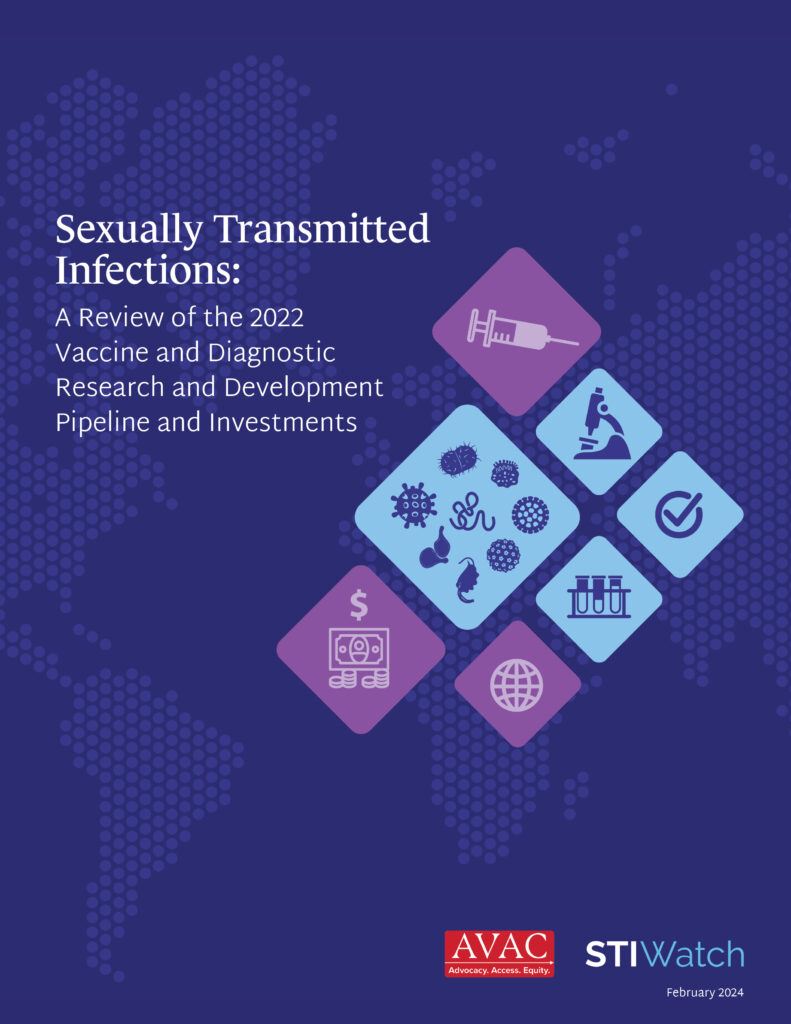STIs: A Review of the 2022 Vaccine and Diagnostic R&D Pipeline and Investments
Takeaways
- Six institutes and centers within the US NIH contributed the bulk of funding (US $78 million) toward STI diagnostic and vaccine R&D.
- 59 organizations were funded worldwide to conduct STI R&D; of those, 78 percent (n=46) were located in the US.
- Institutions in South Africa and Zambia were the only African countries where local organizations were funded to conduct STI vaccine and diagnostic research. In total, US $814,279 was provided directly to these two countries, representing less than 1 percent of total funding spent.
- By pathogen, most funding (51 percent) was dedicated to HPV R&D, with gonorrhea and syphilis rounding out the top three pathogens funded.
- US $50 million was spent on HPV vaccine R&D, $18 million on gonorrhea vaccine R&D, $9 million on syphilis vaccine R&D, $8 million on chlamydia vaccine R&D, $3.5 million on genital herpes vaccine R&D, and $2.8 million on Hepatitis B vaccine R&D.

This report examines disbursements by the U.S. NIH and the Bill & Melinda Gates Foundation and is one of few reports to track funding trends in vaccine and diagnostics R&D, and pipeline investments for some of the most common STIs, including chlamydia, genital herpes, gonorrhea, hepatitis B, human papillomavirus (HPV), syphilis, and trichomoniasis.
Was this content helpful?
Tell us how we can improve the content.
Was this content helpful?
Thank you for your feedback!